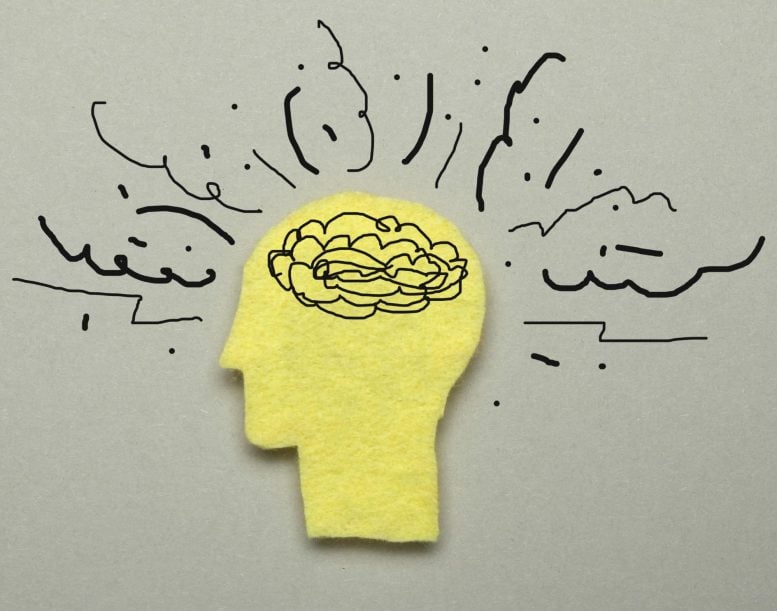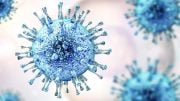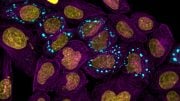
Researchers at the University of Surrey have linked anxiety in young females to imbalances in brain chemicals GABA and glutamate. Through magnetic resonance spectroscopy, they observed changes in these chemicals across adolescence. The results indicate potential for new anxiety treatments targeting these brain chemical fluctuations.
A University of Surrey study suggests anxiety in young women may be due to imbalances between brain chemicals GABA and glutamate, offering new avenues for targeted treatments.
A new study from the University of Surrey reveals that the development of anxiety in girls and young women may stem from an imbalance between two crucial brain chemicals, Gamma-Aminobutyric Acid (GABA) and Glutamate. This finding offers new avenues for targeted treatments focusing on these chemicals, especially during significant growth stages like adolescence. The research has been published in Developmental Cognitive Neuroscience.
Study Methodology and Participant Demographics
The research used 81 participants from two age groups:
- 49 participants aged 10-12 years
- 32 participants aged 18-25 years
The team used a brain imaging technique called magnetic resonance spectroscopy to measure the levels of the brain chemicals in different areas of the brain.
Key Findings on Brain Chemicals and Anxiety
The study revealed that as young women mature, the levels of GABA (a calming brain chemical) increase, while those of glutamate, known for its role in boosting brain activity, decrease.
“Our research indicates that the equilibrium between GABA and glutamate in the dorsolateral prefrontal cortex serves as a vital indicator of anxiety levels. While glutamate propels brain activity, GABA acts as a brake. Our findings suggest that anxiety, often characterized by impaired rational thought, is intricately linked to the overactive braking system in the brain,” said co-author Dr Nicola Johnstone, a Research Fellow at the University of Surrey’s School of Psychology.
Implications for Future Anxiety Treatments
These revelations not only shed light on the underlying mechanisms of anxiety but also pave the way for targeted interventions that address the delicate balance of GABA and glutamate in the brain.
Co-author Dr Kathrin Cohen Kadosh, Associate Professor in Developmental Cognitive Neuroscience at the University of Surrey said: “Grasping how key brain chemicals, GABA and glutamate, fluctuate during important growth stages like adolescence is vital for spotting and stopping anxiety disorders early. This study shines a light on the possibility of focusing on these brain chemicals for new treatments, particularly in young women.”
By unraveling the mysteries of brain chemistry, the researchers aim to offer more effective treatments for anxiety, ultimately empowering girls and young women to lead healthier, more fulfilling lives.
Reference: “Excitatory and inhibitory neurochemical markers of anxiety in young females” by Nicola Johnstone and Kathrin Cohen Kadosh, 2 March 2024, Developmental Cognitive Neuroscience.
DOI: 10.1016/j.dcn.2024.101363









Be the first to comment on "New Study Links Anxiety in Young Women to Brain Chemical Imbalance"